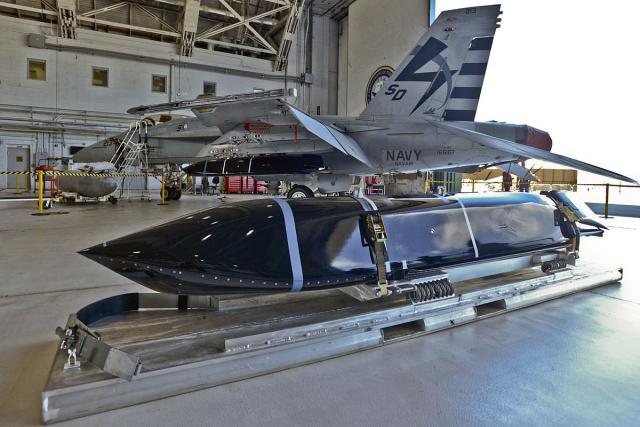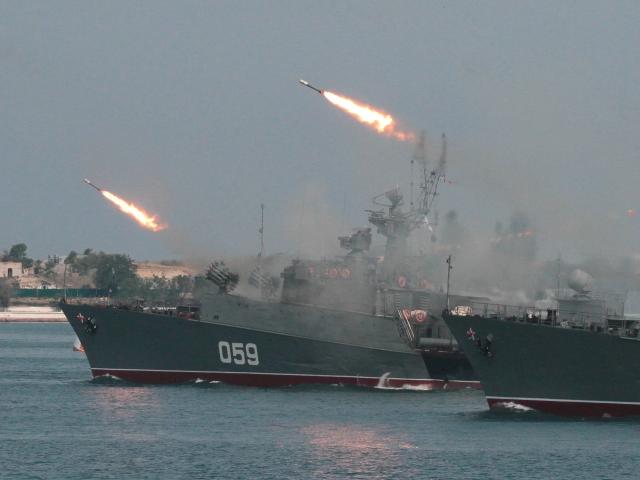The US wields the world's
biggest, most powerful Navy, but recent developments in China and
Russia's missile inventory severely threaten the surface fleet with
superior range and often velocity.
But the US Navy and Lockheed Martin have a variety of
solutions in the works to tip the scales in the US's favor by going
hard on offense.For years, the Navy has focused on a concept called "distributed lethality," which calls for arming even the Navy's smallest ships with powerful weapons that can hit targets hundreds of miles out.
Yet Russian and Chinese ships and missile forces already field long-range precision missiles that can hit US ships before the forces are even close.
Additionally, both Russia and China are working on hypersonic weapons that could travel more than five times as fast as the speed of sound. These weapons would fly faster than current US ships could hope to defend against.
Meanwhile, tensions and close encounters between the US, Russia, and China have peaked in recent years, as Russia routinely threatens NATO ships in the Baltics and China cements its and grab in the South China Sea.
Lockheed Martin's Chris Mang, vice president of tactical missiles and combat maneuver systems, told reporters at its Arlington, Virginia, office that "defense is good," but "offense is better.
"People don't shoot back when they go away," he said.
Mang said that promising new missiles like the Long Range Anti-Ship Missile
for ships and planes could hit the field by 2020, which would bolster
the Navy's strategy of "see first, understand first, shoot first." The
LRASM boasts a range of well over 200 nautical miles, a payload of 1,000
pounds, and the ability to strike at nearly the speed of sound.


Comments
Post a Comment